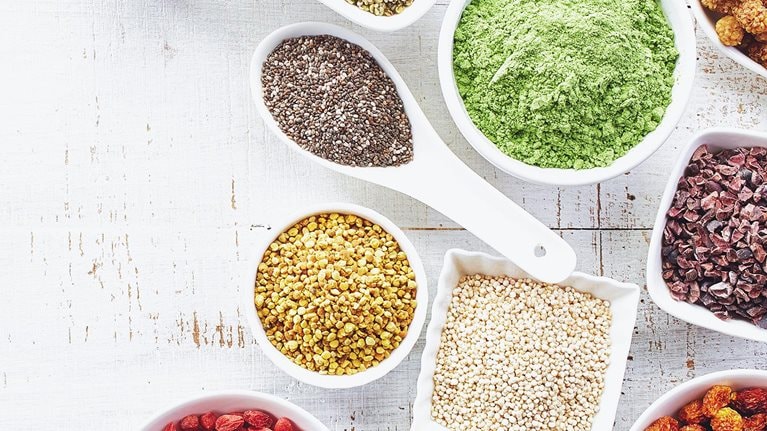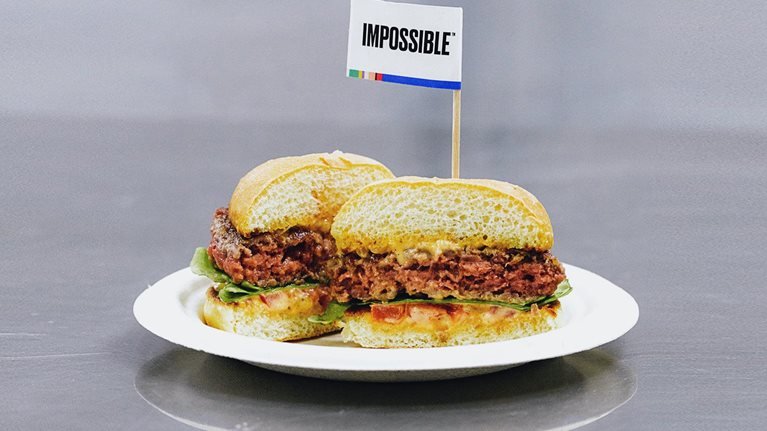Jordan Bar Am, Tamara Charm, Joshua Katz, and Liane Ong discuss what’s ahead in the meat and protein market.
Video: Alternative proteins and the future of meat
Video transcript
What’s driving consumer demand?
Liane Ong: I think the motivations for why people are eating alternative proteins differ. If you think about the US, what you see as a primary driver is health. Environmental concerns, animal welfare, et cetera, are drivers that people list but are secondary concerns. If you go to the UK, that order of priorities—why people want to eat less meat and want to eat alternative proteins—reverses. I think in Asia, there is much more of an acceptance, more broadly, of alternative proteins. For centuries, populations within Asia have been eating plant-based proteins, and so the drivers there are different.
Tamara Charm: Ninety-five percent of people we studied in a qualitative study said that health was one of the primary reasons—and over two-thirds said that it was the primary reason—that they were eating alt protein. I think another thing that was surprising is, when you look at what they’re substituting for—and what they’re eating less of—to eat more alt proteins, it’s not red meat. It’s not burgers: it’s fast food or processed meats.
Liane Ong: They say, “I want to eat less meat, and I’m looking to move away from processed foods.” In reality, the alternative proteins that are on the market today are processed foods. So, there is a disconnect between what consumers are saying they want and what they perceive to be true.
Tamara Charm: I think one of the things that alt protein is tapping into is this idea of “ecoindulgence”: if there’s some ecological benefit or there’s some sustainability benefit, people will go ahead and indulge more happily.
The future of food: Meatless?
Will the market continue to grow?
Joshua Katz: I think we’ve seen a history where people are willing to shift their diet dramatically. In the US, for example, 40 years ago, we ate 90 pounds of beef per person; now we eat 60. We used to eat something like 40 pounds of chicken, and now we eat 90. So, there is room for material changes in diet.
Jordan Bar Am: I already see younger parents bringing this into their children’s food repertoire earlier on. This will be a norm for a new generation of folks. I don’t believe that traditional meat or animal protein goes away in the next ten years, but I do think this becomes a meaningful part of diets across markets: the US, Western Europe, and emerging markets as well.
Liane Ong: Consumption of alternative proteins will take more of a trajectory like what you’ve seen in alternative dairy or like what you’ve seen with organic meats, for example. It’ll continue to be a niche segment. It’ll be sizable. It’ll be fast growing. But in reality, it will only be 10 to 15 percent of future total consumption.
Joshua Katz: I think this will be a material part of the food system. I think it’s incredibly exciting. But I don’t see a world where the hamburger is gone from your diet or the chicken strips don’t go on your salad. I think these are all staples that will be part of our lives—maybe not our grandchildren’s lives, but our lives. I think some of this stuff is here to stay—almost all of it.
What should companies be paying attention to?
Joshua Katz: I would think about consumer adoption, which you need to think about at a regional level because, again, this is food. Diets are different in different parts of the world. There are going to be some surprises about who picks up this stuff faster versus slower. Paying attention to where the unit economics are going to fall, or could fall, for each of these technologies will also be material because, candidly, that’s going to drive adoption of what you can charge and how attractive it can be from a margin perspective.
Alt protein is tapping into this idea of eco-indulgence: if there’s some ecological benefit or some sustainability benefit, people will go ahead and indulge more happily.
Liane Ong: In my mind, there are bigger shocks beyond alternative protein that could happen to the protein industry that folks should be paying attention to. You’ve got African swine fever that’s taken out almost half—predictions are, by the end of 2019, almost half—of the pork population in China. If that happens to be true, that’s roughly a quarter of the world’s pork supply.
What’s next in alternative proteins?
Jordan Bar Am: My craziest prediction about protein consumption in 2030 is that in every fast-food and fast-casual outlet and fine-dining establishment, there will be multiple options on the menu for flexitarian and “lessitarian” consumers. It won’t be just the one vegetarian option at the bottom of the menu segregated by itself. It will be as delicious as, and it will be competitive with, the other options on the menu.
Joshua Katz: Where I think this gets interesting is when we get to a point where we can make a steak that is indistinguishable from a traditional steak, or an alternative French cheese that is indistinguishable from the best Camembert in the world. I think that’s a ways out, but it will be an interesting moment when we get there.
For more on this topic, see The future of food: Meatless?


